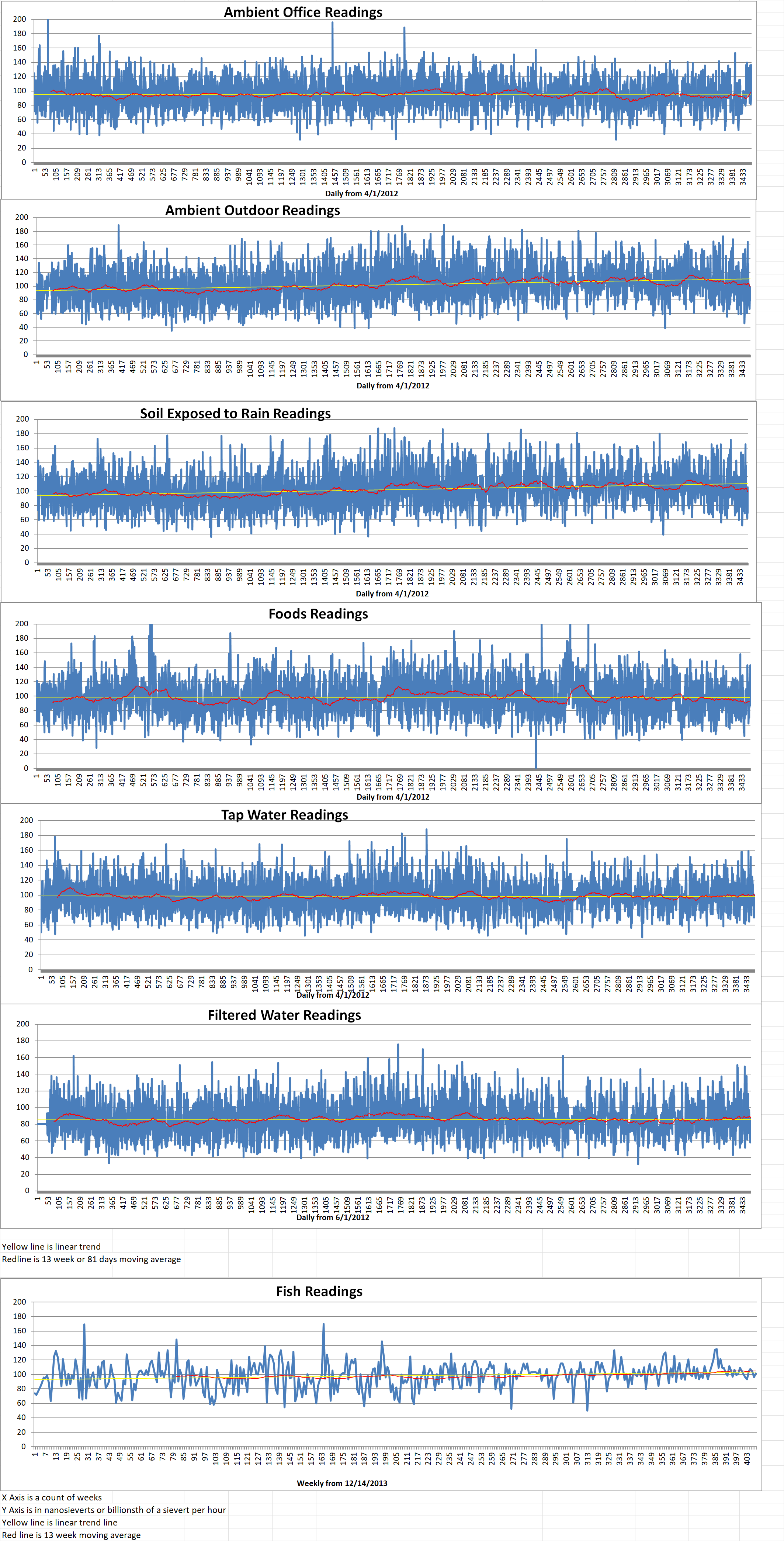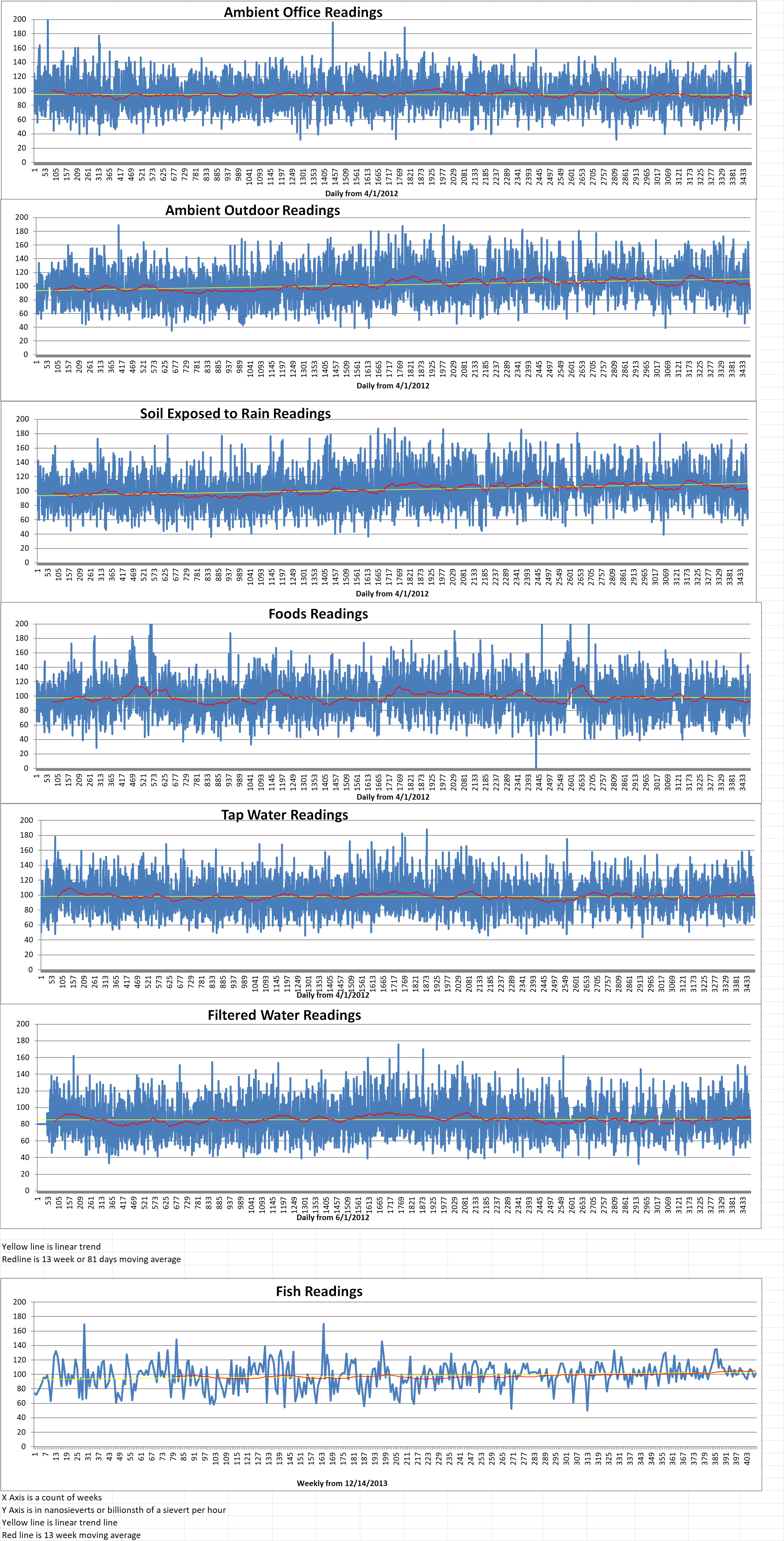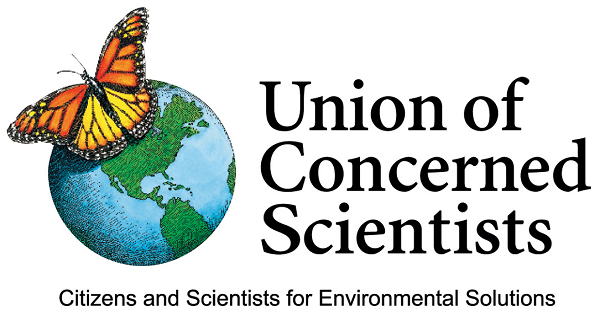North Korea has been under a severe set of U.S. led international sanctions for the past fifteen years. The sanctions were increased in 2017 after N.K. tested an intercontinental ballistic missile capable of reaching the U.S. mainland. In spite of this, N.K. has been able to work around these sanctions and access the global financial system. They have used “non-financial” businesses and professions, including precious metal dealers, estate agents and a casino to avoid sanctions. Such efforts are the subject of a new report.
In spite of these sanctions, N.K. continues it nuclear and missile programs. Last Wednesday, it fired a suspected ballistic missile towards the Sea of Japan according to the Japanese and South Korean governments.
This new missile test was N.K.’s first since a bunch of launches in September and October. Before this cluster of tests, the N.K. Leader, Kim Jong Un, vowed in a major speech to continue “strengthening defense capabilities due to the ever-destabilizing situation on the Korean Peninsula”.
Debates over the enforcement of international sanctions tend to focus on the role played by financial institutions, mainly banks. However, a report published on Wednesday by the Royal United Service Institute in London (RUSI) suggested that vague international standards regulating the activities of other actors were assisting North Korean efforts to accumulate and transfer wealth around the globe.
Aaron Arnold is a senior associate fellow at RUSI and a former member of the UN Panel of Experts that monitors implementation of UN sanctions on North Korea. He said, “One of the key reasons that North Korea is able to access global commercial channels despite international sanctions is because of regulatory blind spots that miss important entry points. These are the gatekeeper services and professions, like the accountants and lawyers who help North Korea establish front companies or the notary who signs vessel sales documents.”
The report by RUSI details an analysis of eighty-seven cases where N.K. evaded sanctions and proliferation financing. RUSI claimed that in every one of the cases studied, international standards set by the Financial Action Task Force, an intergovernmental body, failed to capture activities related to “designated non-financial business and professions”, or DNFBPs.
These cases included N.K.’s attempts to obtain and sell precious metals and stones and its global property investments. In one case, N.K. used a casino to “to obfuscate the traceability of funds”.
Sasha Erskine is a research analyst at RUSI and the principle author of the new report. She said, “North Korea has become increasingly skilled at evading targeted financial sanctions and has often exploited or used designated non-financial businesses and professions to do so. Despite this, there is a lack of guidance available to the sector on the sanctions evasion risks they face. This gap needs to be urgently addressed.”
Arnold said, “It’s not just relevant to North Korea — addressing these blind spots has implications for other sanctions regimes, too. Emerging thematic sanctions, like those against kleptocrats or human rights abusers, would also benefit from greater scrutiny of these gatekeeper services and professions.”






